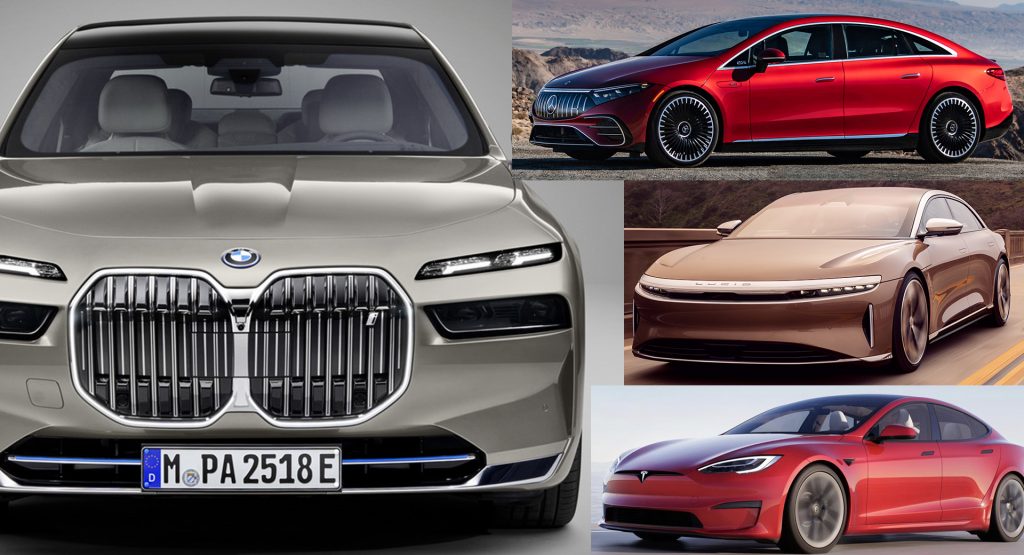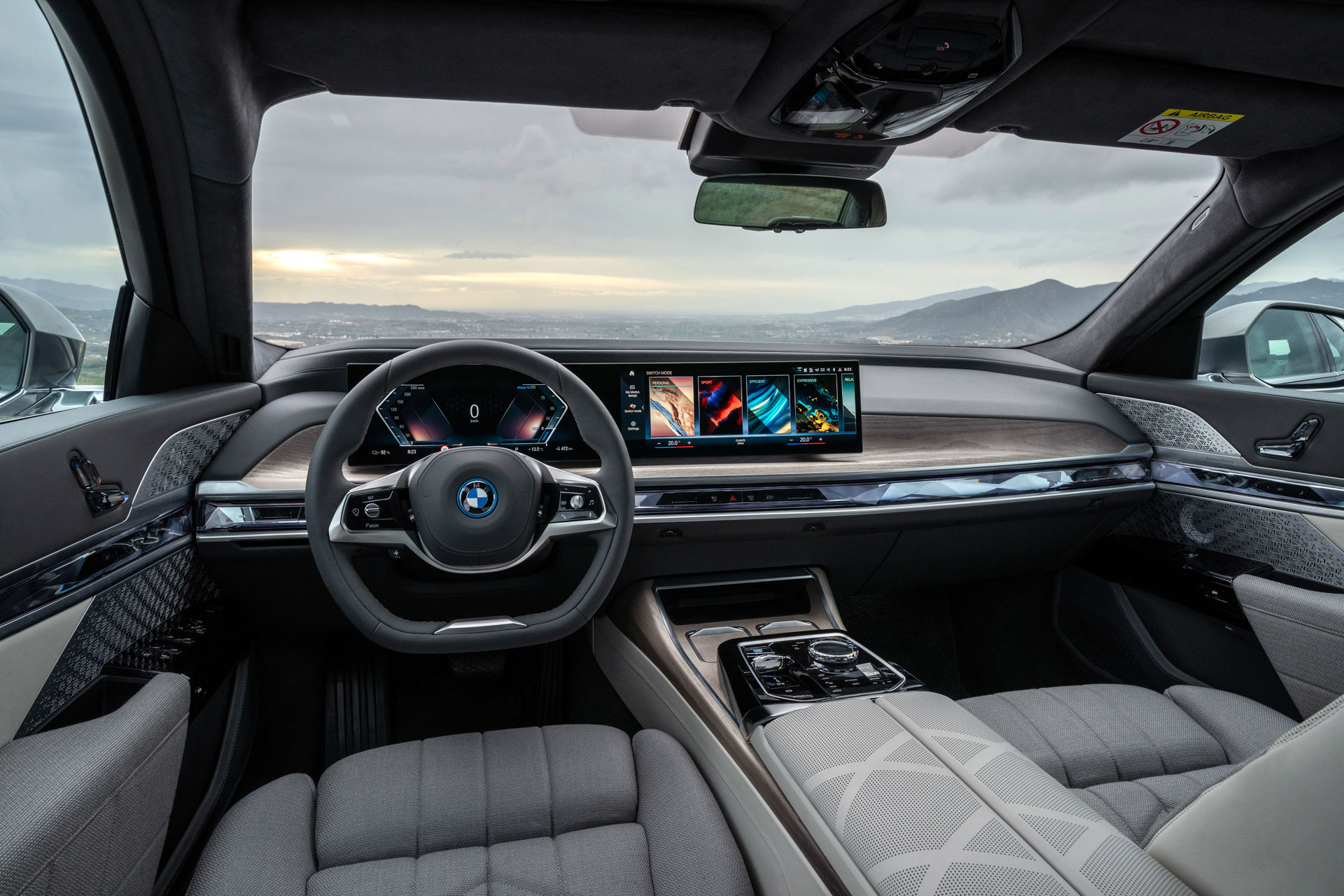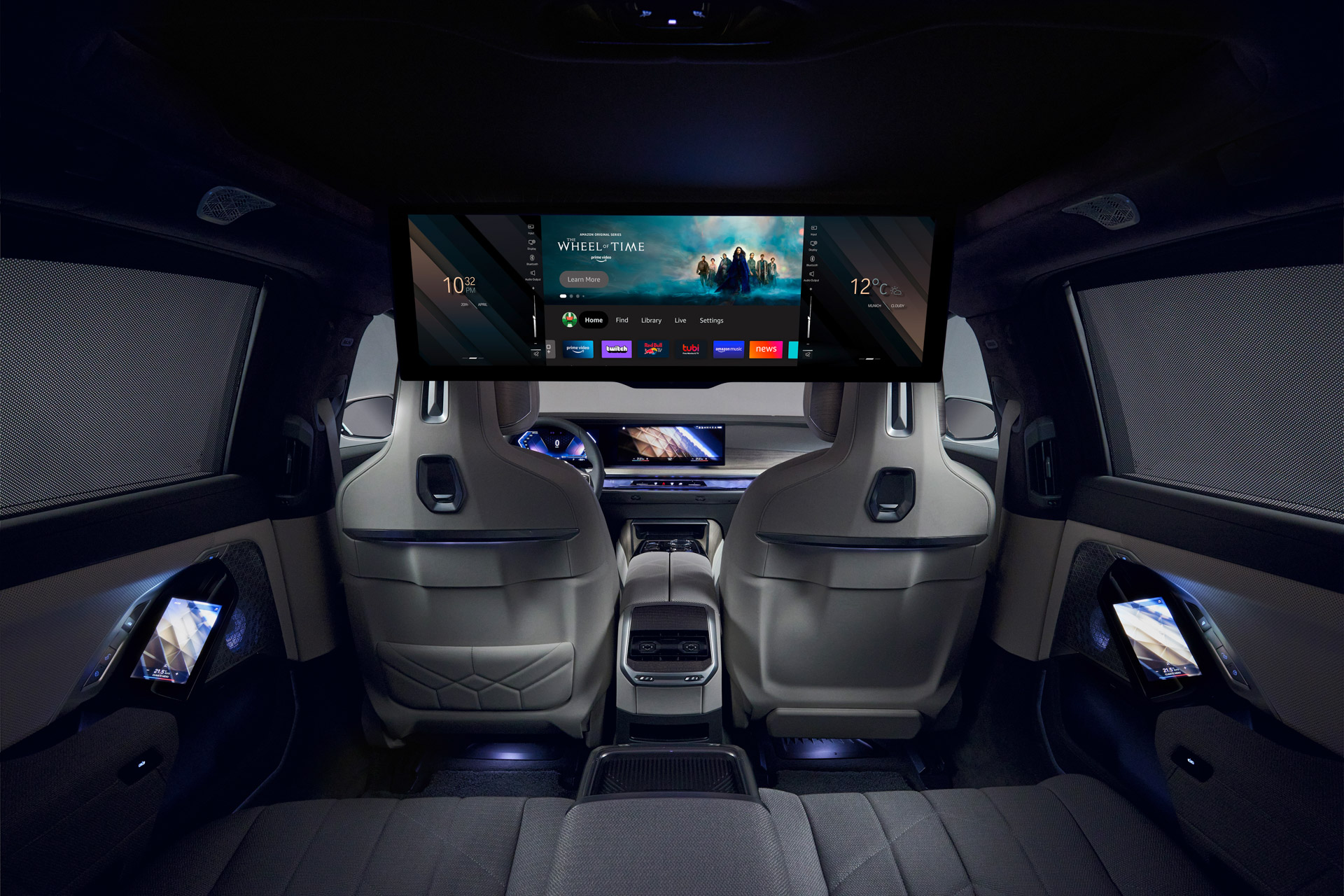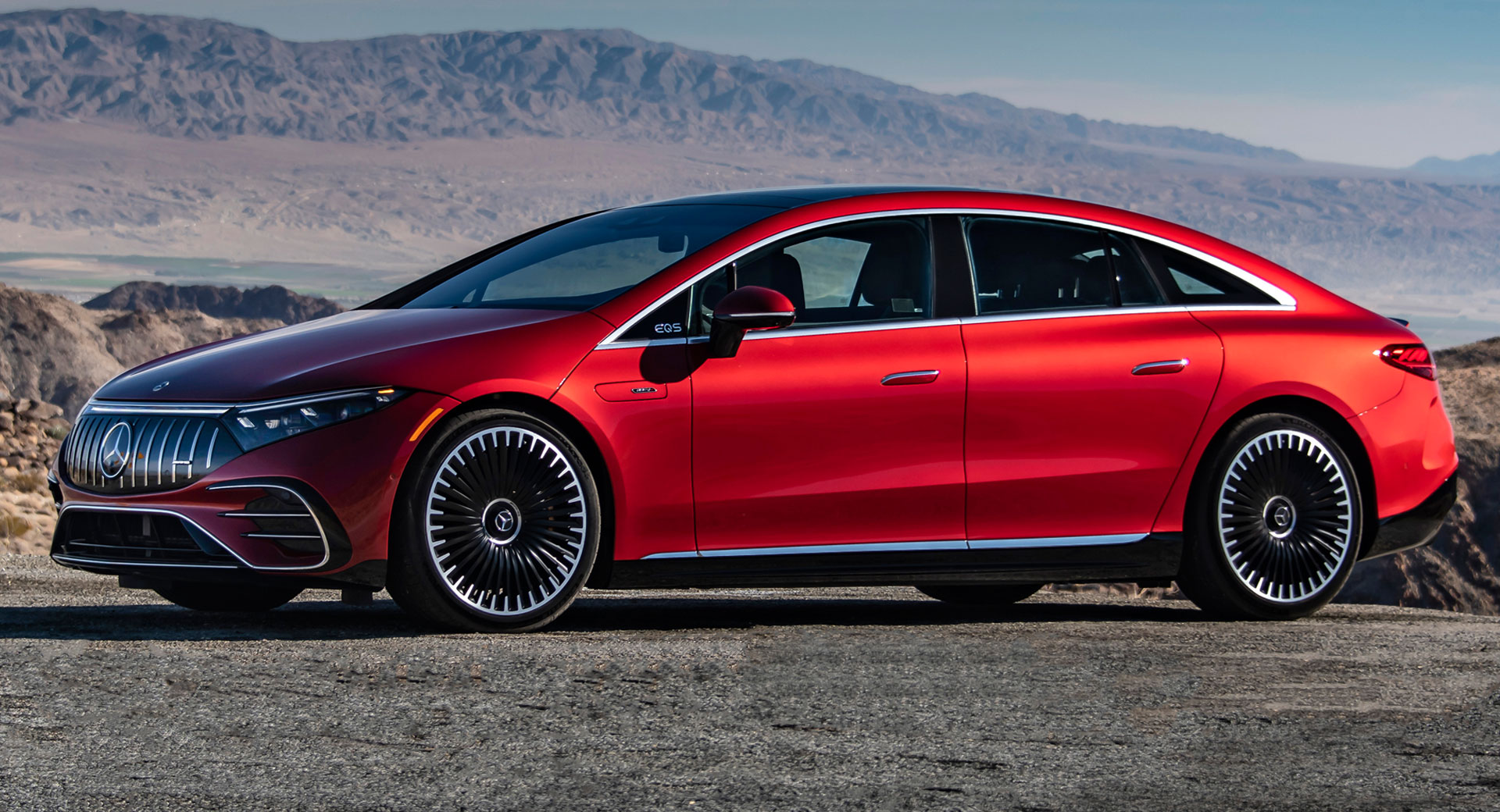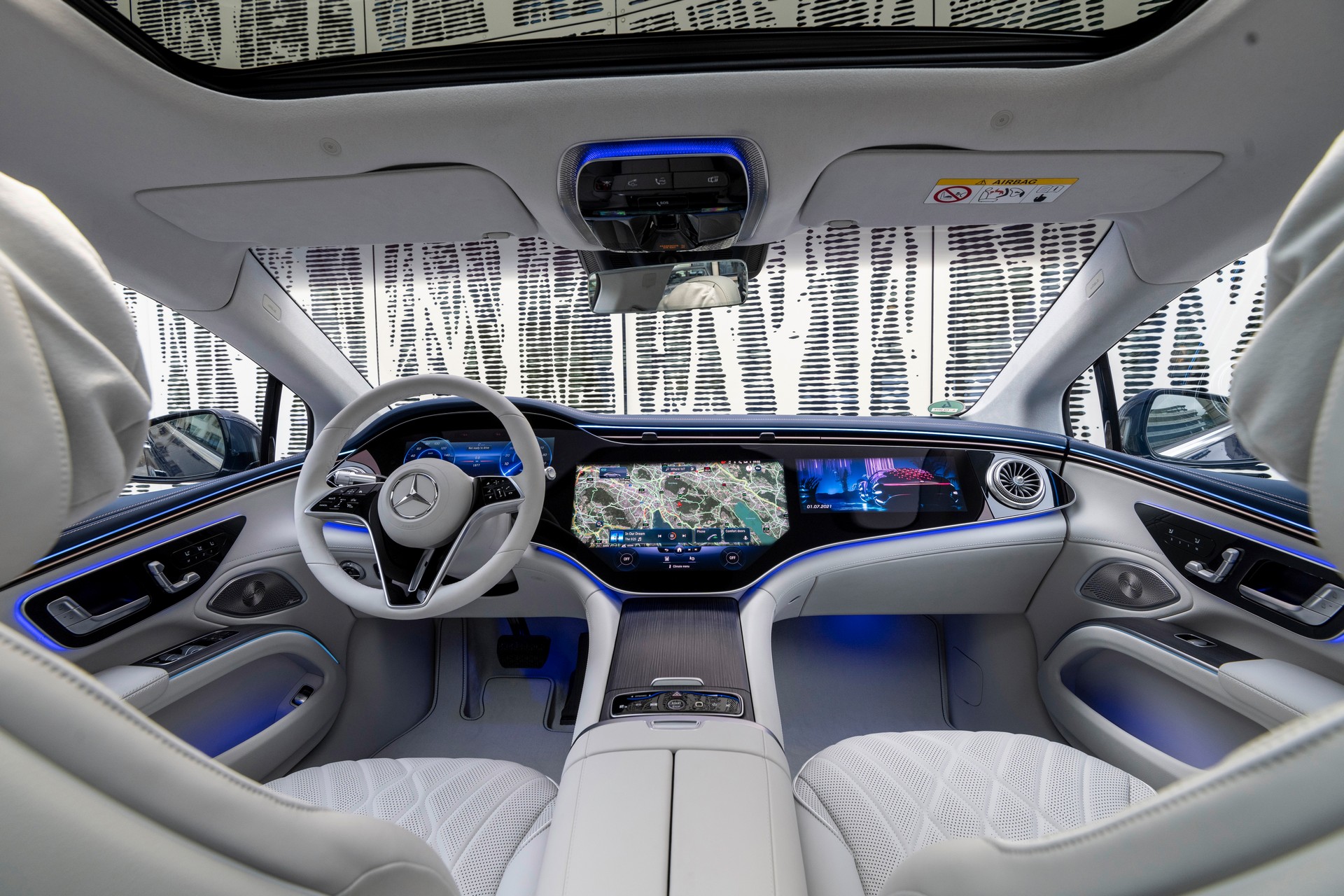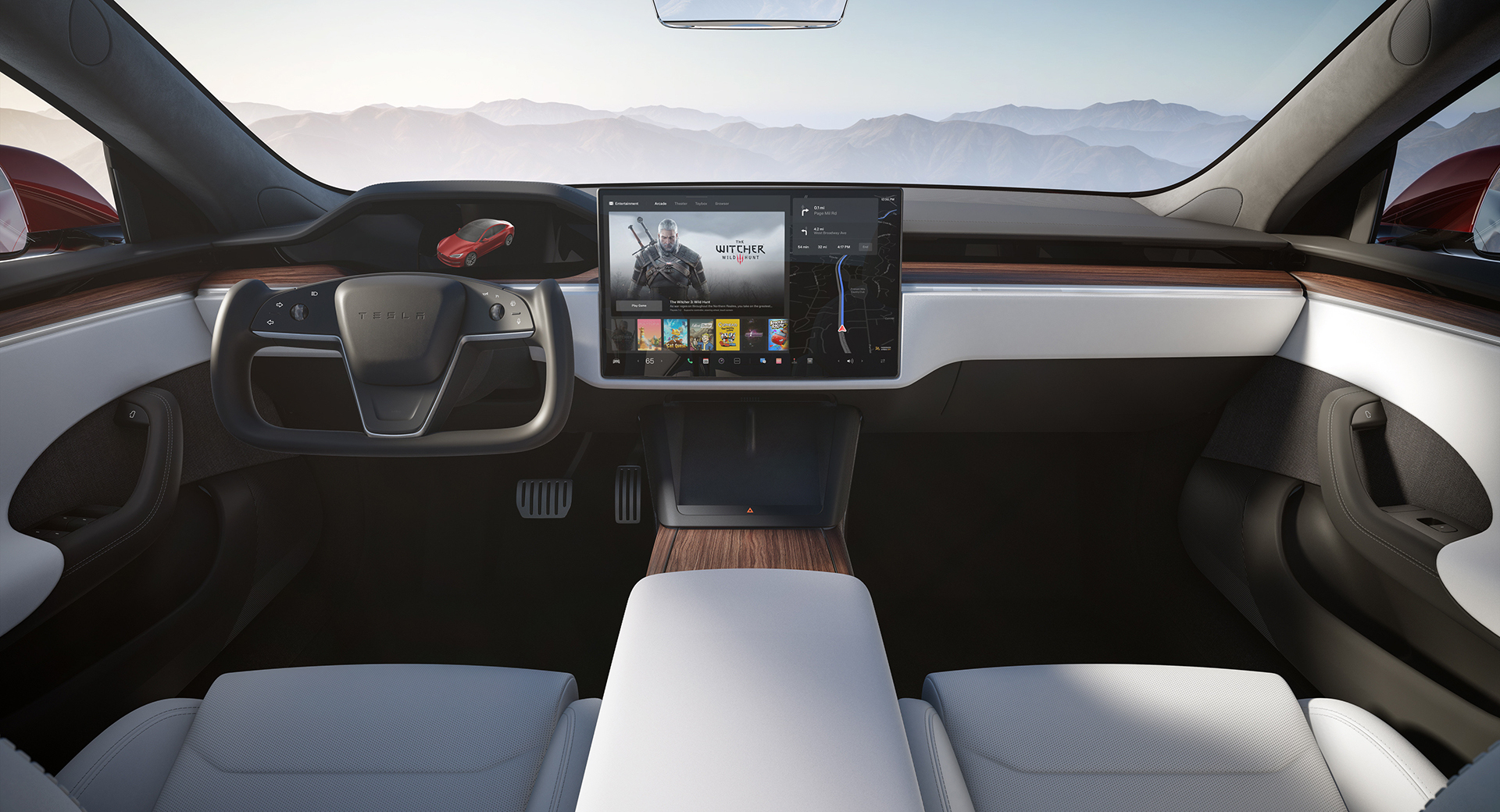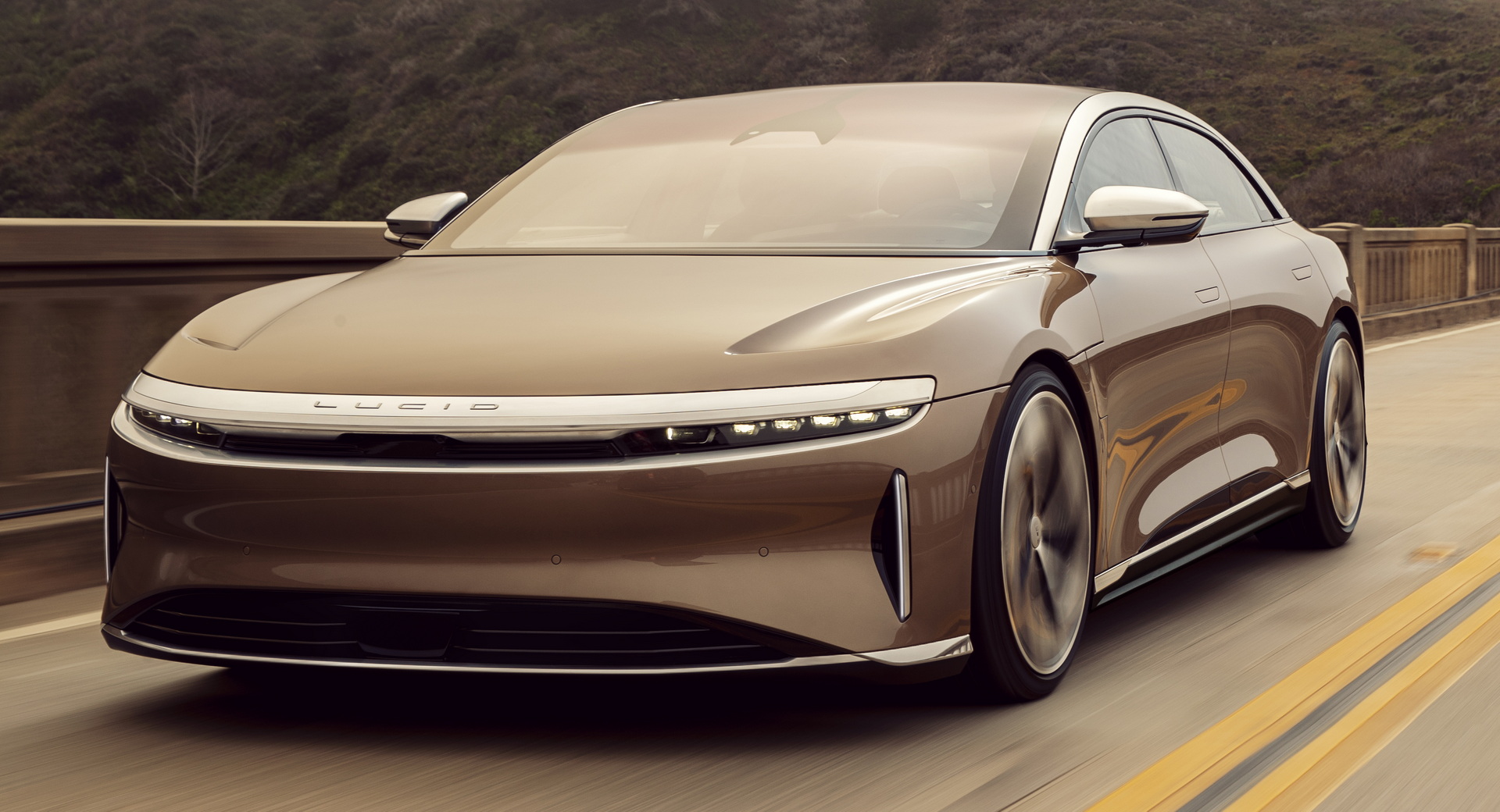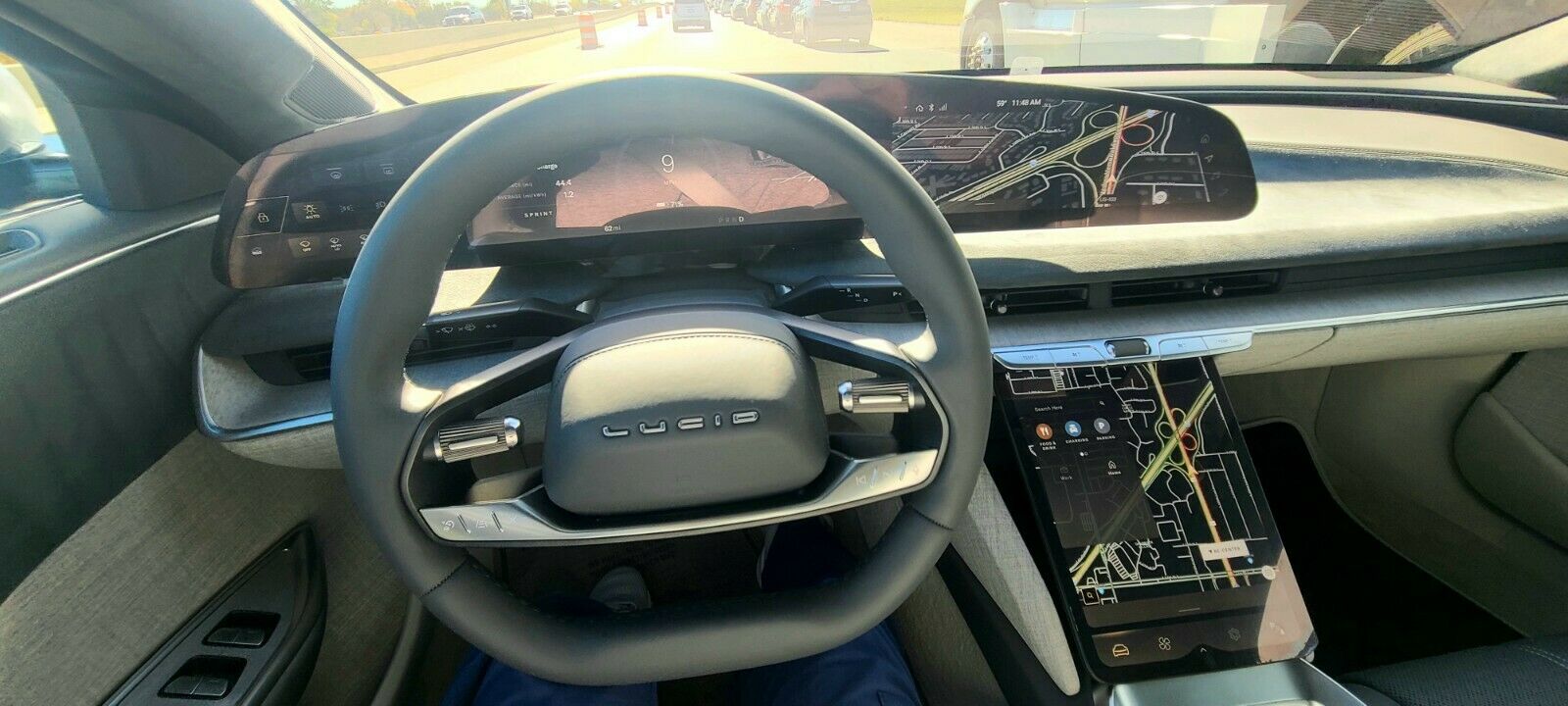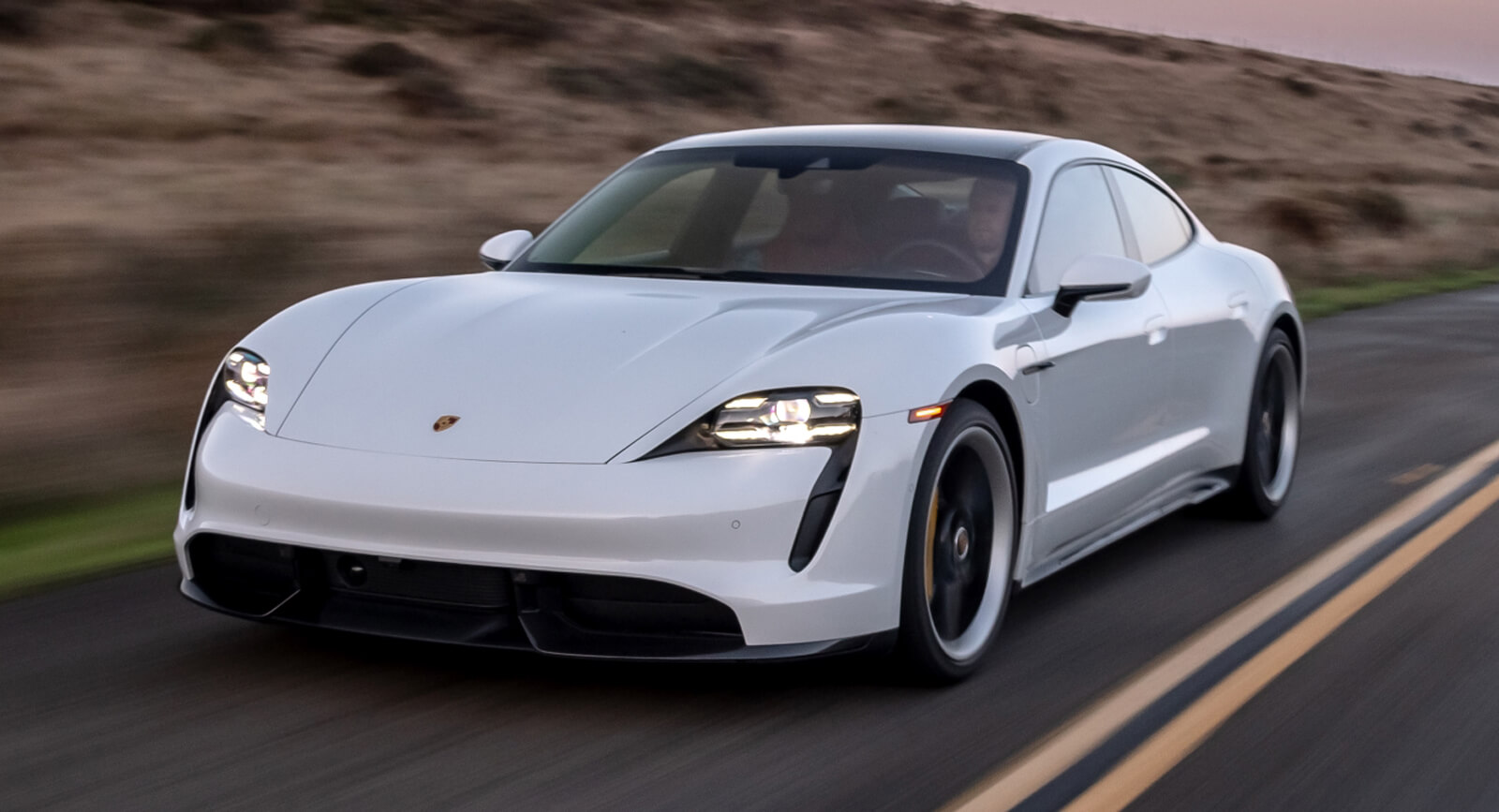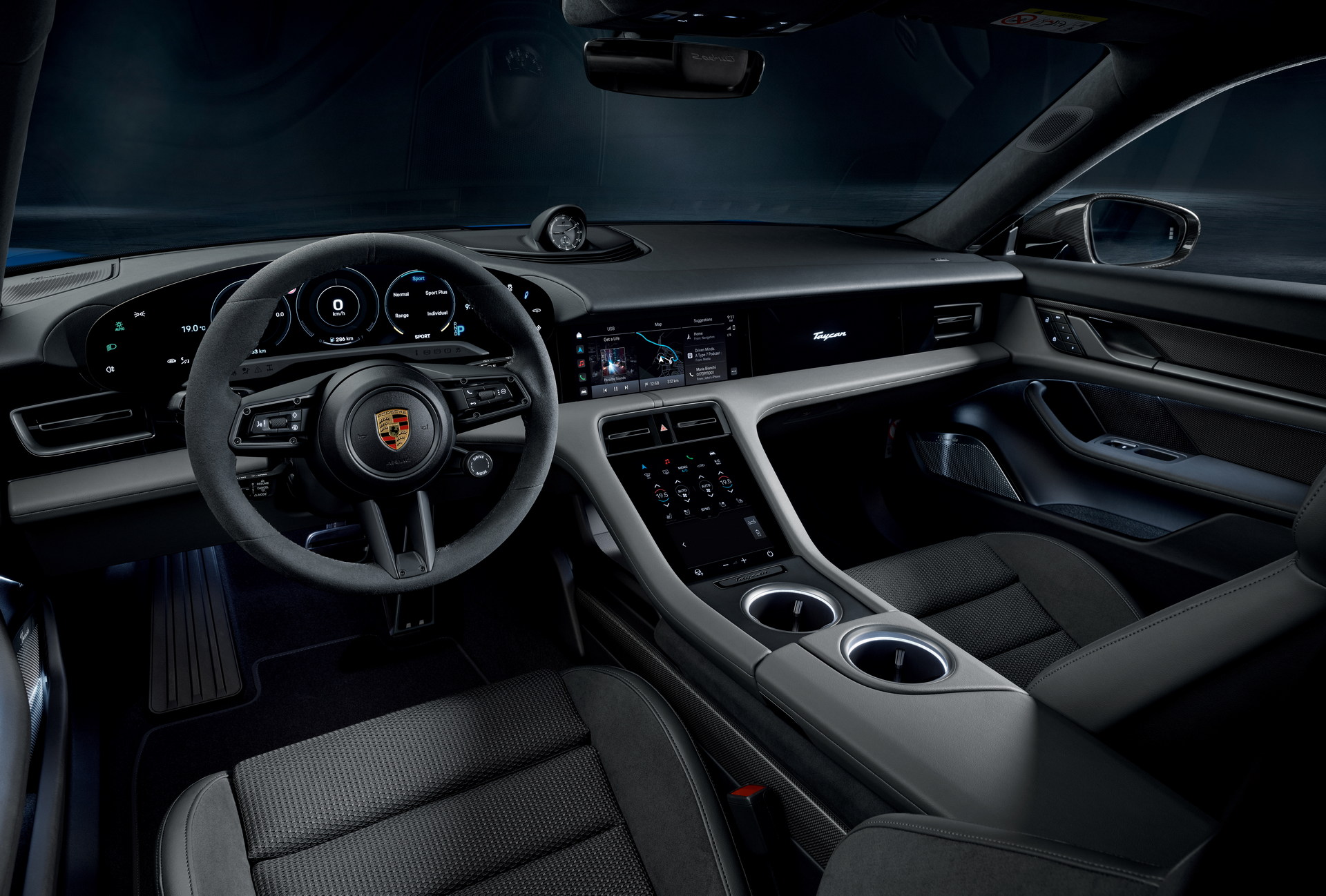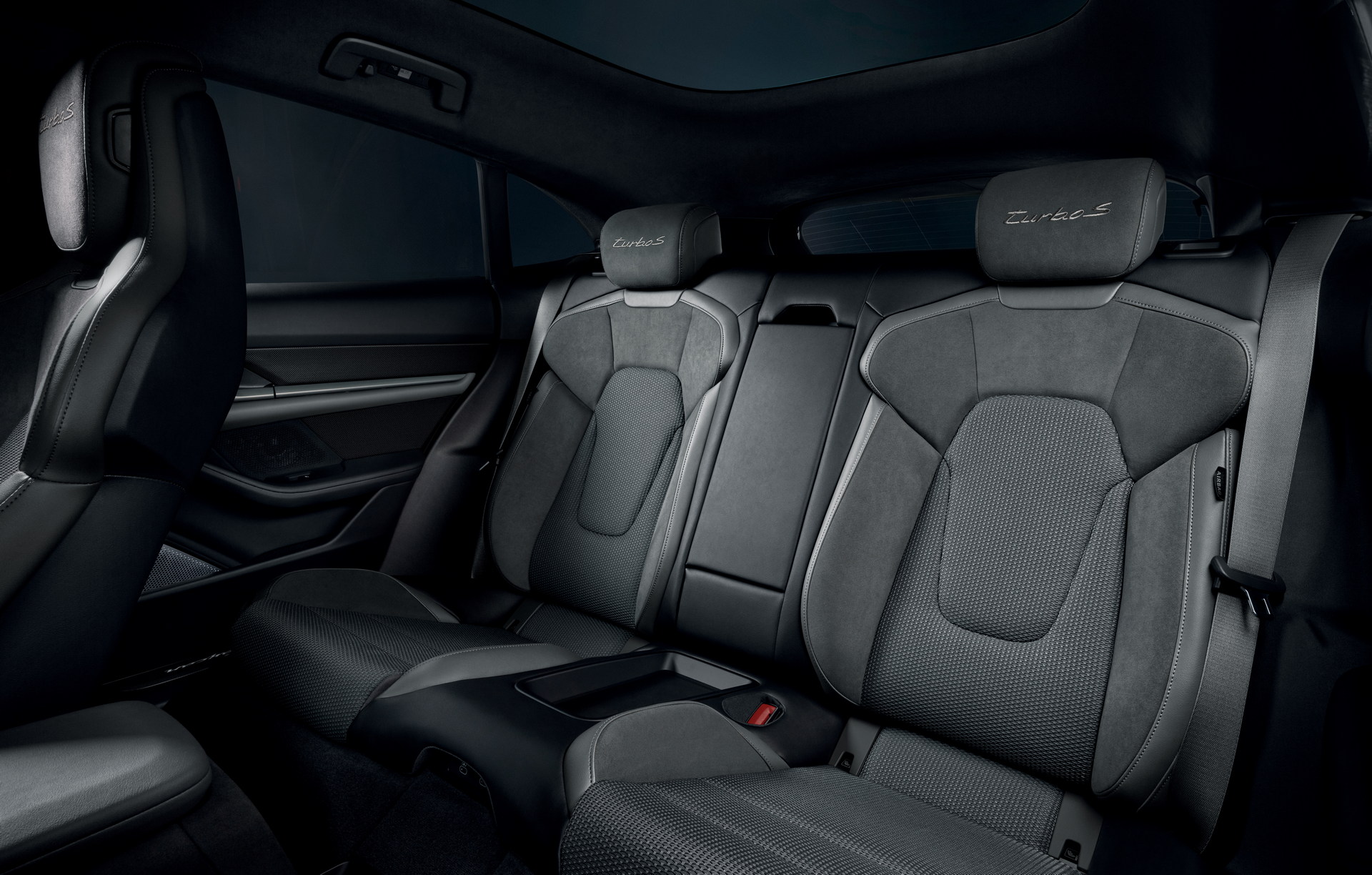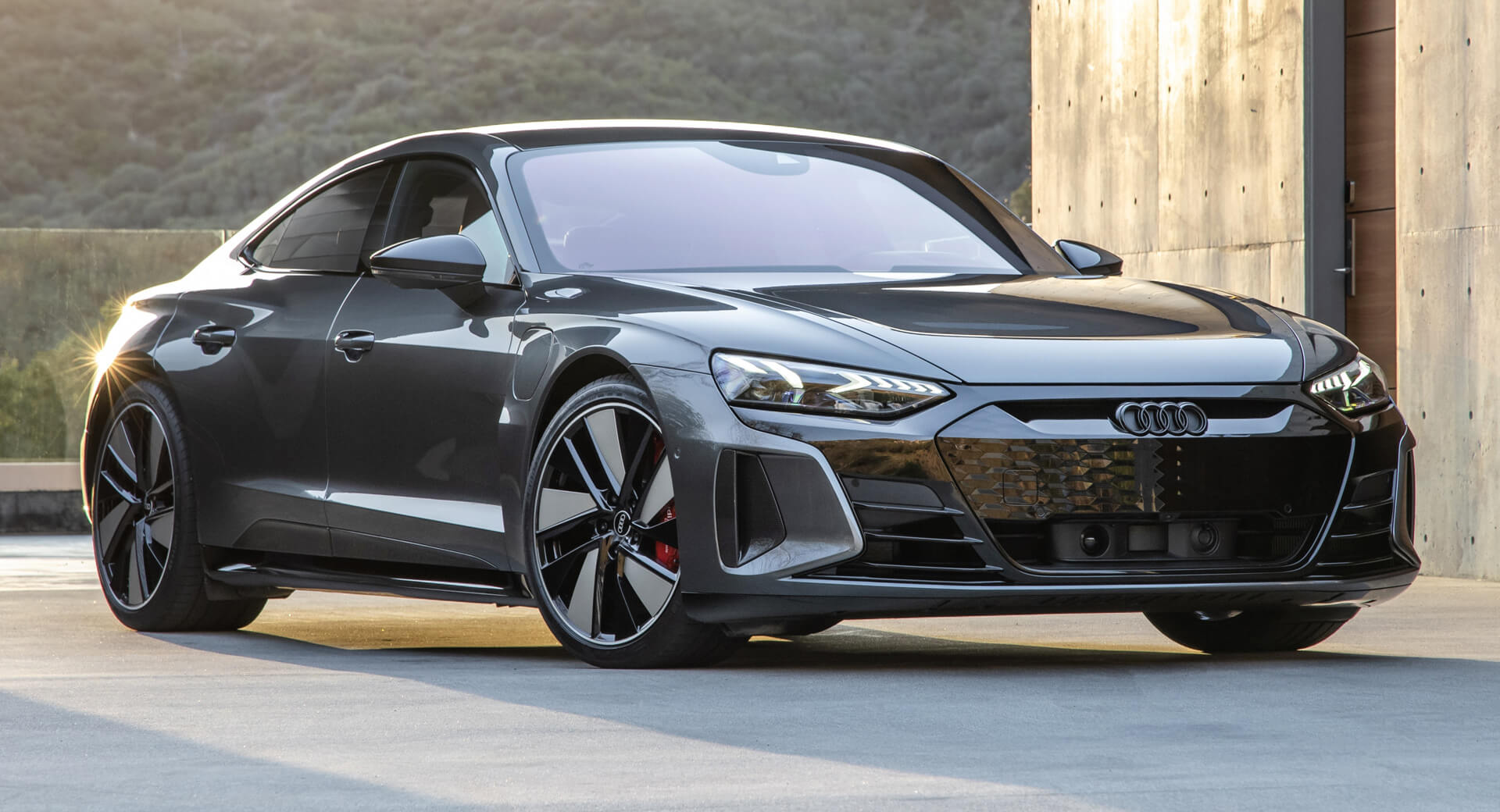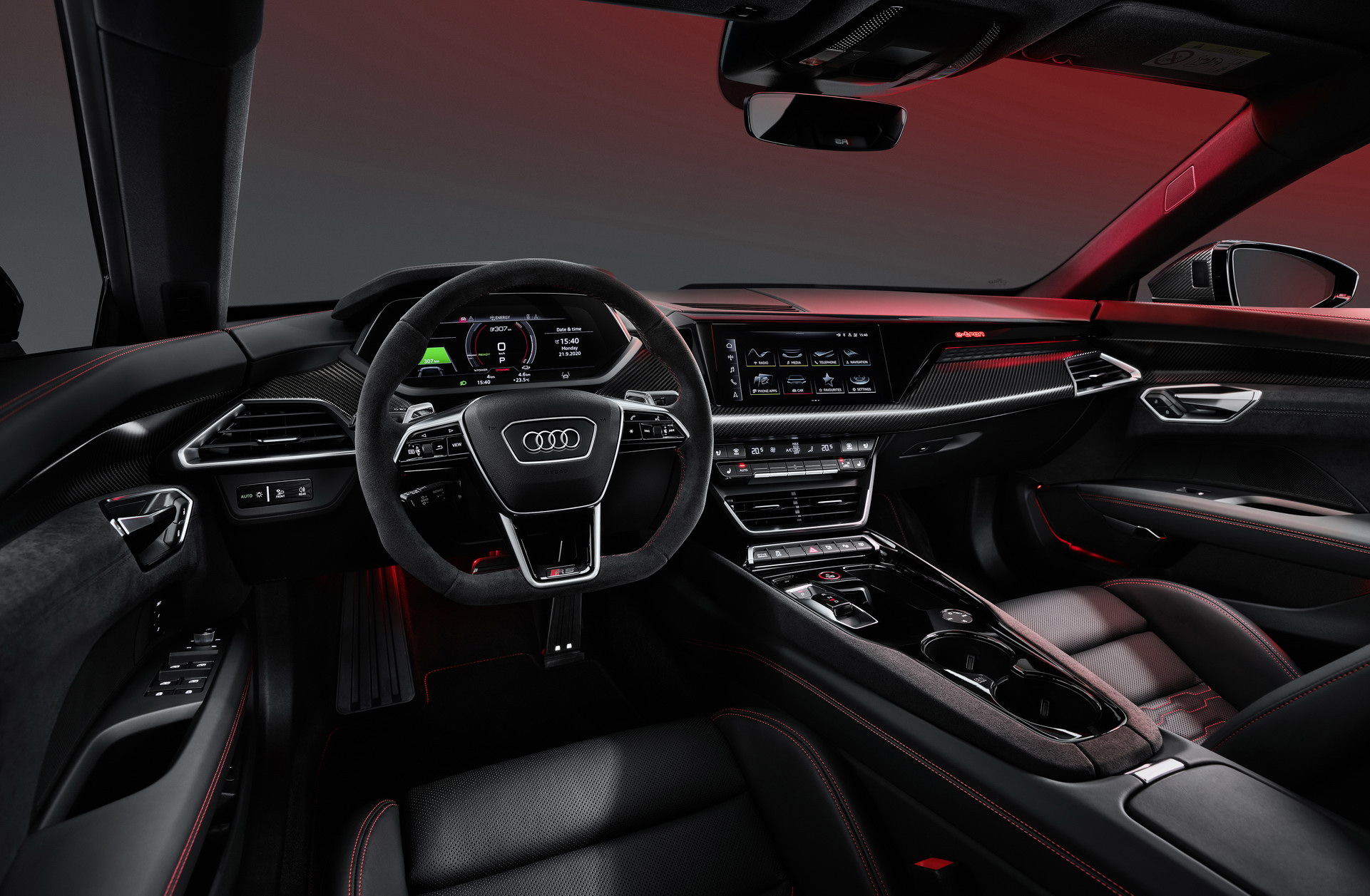Luxury sedan buyers looking for a new EV can now add BMW to their very short shortlist. The 2023 i7 xDrive60 is the German brand’s first entrant to the electric luxury sedan space dominated by the Tesla Model S and recently bolstered with the 2021 release of the Mercedes EQS.
BMW was an early investor in electric technology with cars like the i3 compact and i8 sports coupe, but unlike those cars, the i4 and the iX, and its EV sedan rivals, the i7 isn’t a standalone model built on a dedicated electric vehicle architecture. Instead, it’s an electrified version of the new 2023 G70 7-Series, which is also available with six-cylinder and V8 gasoline power.
You can make your own mind up about the merits of that strategy, but what we’re interested in is which electric luxury sedan would get your hypothetical (or maybe real) dollars. Would you pick the BMW i7 over a Mercedes EQS, Lucid Air, Porsche Taycan, Audi e-tron GT or Tesla Model S? Let’s recap on what each one has to offer.
BMW i7 xDrive60: $119,300
BMW’s all-new G70-code 7-Series is also available with mild-hybrid gasoline engines, but the flagship is no longer a V12, but the new electric i7 xDrive60, at least initially. Fitted with a 255 hp (259 PS) motor that drives the front axle, and a 308 hp (312 PS) unit on the rear, the i7 xDrive60 produces a combined 536 hp (543 PS) and 549 lb-ft (745 Nm) of torque, can reach 62 mph (100 km/h) in 4.5 seconds, and can even drive hands-free at up to 80 mph (129 km/h).
Related: 2023 BMW 7-Series Gets Model’s First EV Variant And 31-Inch Widescreen TV For Rear Passengers
Wait until 2023 though, and you’ll be able to buy an i7 M70 xDrive. BMW is being vague about the exact stats, but claims the electric hot rod will produce “over” 597 hp (600 PS) and “more than” 737 lb-ft (1,000 Nm) of twist, That would make it the torquiest production car the firm has ever built, though several BMWs can beat its 4.0-second zero to 62mph (97 km/h) time.
A 101.7 kWh battery located under the floor can charge at up to 195 kW, which isn’t as much as some electric cars, but BMW says is enough to add 80 miles (129 km) of driving in 10 minutes. The company claims a 300-mile (483 km) driving range, and U.S. buyers will enjoy three years of 30 minute charging sessions at Electrify America stations at no cost (other BMWs get two years).
They’ll also enjoy BMW’s latest curved dashboard touchscreen display incorporating iDrive8, get to play with a full width touch-sensitive light bar running across the dashboard, and access video-on-demand content like YouTube. To be honest, though, it looks pretty conservative compared to either of the Mercedes EQS’s two dashboard setups, but then the Benz can’t be optioned with the massive 31-inch rear entertainment screen than turns the back of the i7 into a mini movie theater.
But your buying decision might still come down to whether you love or hate the way the i7 looks, specifically that front end, which is borrowed from the new X7. A basic M Sport appearance package is optional at no extra cost, but two further packs ramp up the performance theme, the top one adding so much black trim it’s almost impossible to make out any detailing at all. Worth bearing in mind…
Mercedes EQS: $103,360-147,500
Though the Mercedes S-Class PHEV offers an impressive 62-mile (100 km) EV range, if you want a fully electric, full-size luxury Mercedes sedan you’ll have to hop over to Benz’s dedicated EQ electric lineup and try the EQS for size.
At 205.4 in (5,216 mm) long, the Mercedes is almost 7 in (178 mm) shorter than the i7, but rides on an almost identical 126.4 in (3,210 mm) wheelbase. And while there will be only one i7 model available at launch, the $119,300, 536 hp (543 PS) dual-motor xDrive60, the EQS lineup offers far more choice.
Related: A Mercedes-Benz EQS Travelled 422 Miles On A Full Charge During Real-World Range Test
It starts at $103,360 for the 329 hp (334 PS) single-motor EQS 450, then steps to the $123,560 EQS 580, which has 516 hp (523 PS) and all-wheel drive courtesy of its dual-motor setup. And then there’s the $147,500 AMG EQS, a 649 hp super-sedan that can be pushed to 751 hp (761 PS) if you go for the optional AMG Dynamic Plus package and make use of its boost mode.
All EQS models use the same 107.8 kWh battery pack and are rated at between 340 miles (547 km) and 350 miles (563 km) by the EPA, giving them a useful range advantage over the i7, though the two years of free charging at Electrify America stations offered to U.S. customers is trumped by BMW’s three-year deal.
BMW also has the trick 31-inch rear entertainment screen option, but whether you go for the standard S-Class-derived interior for your EQS, or the optional 56-inch Hyperscreen dashboard, the Mercedes delivers more interior wow.
Tesla Model S: $104,490-140,490
The Tesla Model S, the car that kick-started the whole electric luxury movement, is almost a decade old and, having had things its own way for most of that time is suddenly facing a barrage of opposition both from other startups and legacy automakers like BMW and Mercedes.
A 116.5 in (2,960 mm) wheelbase means the S is up to 9 in (229 mm) shorter between the axles than the BMW and Mercedes, but definitely not short is the distance you can go between electric fill-ups. The entry-level Long Range model is rated at 405 miles (652 km) by the EPA, and the supercar-crushing 1,020 hp (1,034 PS) Plaid isn’t far behind at 396 miles (637 km), though unlike early Teslas, the current Model S lineup doesn’t offer free charging via the company’s Supercharger network.
The $140,490 Plaid’s sub-10 second quarter mile performance and ability to go from zero to 60 mph (96 km/h) in 1.99 seconds (if you believe Tesla’s slightly naughty math) is unbeatable in this sector, but it’s overkill for most buyers when the base car costs $104,000 and can still do the job in 3.1 seconds.
A recent refresh brought a new landscape touchscreen and the infamous Yoke steering wheel (since copied by Lexus on the new RZ450e), but the inside of a Model S is best suited to someone who likes minimalist design and isn’t looking for the last word in luxury materials.
Lucid Air $77,400-179,000
Old-money automakers like BMW and Mercedes aren’t the only brands after a slice of Tesla’s pie. The Lucid Air range starts at $77,400 for a single-motor, rear-wheel drive Pure that offers 480 hp (487 PS) and 408-mile (657 km) driving range, stats that should be more adequate for most folks.
But they suddenly look wholly inadequate next to the new Grand Touring Performance, which can travel 451 miles (725 km) on a charge, and whose 1,050 hp (1,065 PS) output makes it the most powerful EV currently available in America now that the 1,111 hp (1,126 PS) Dream Edition Performance has sold out. It’s also one of the most expensive at $179,000.
Related: Lucid Recalls Air Just Months After Rolling Off The Line Over A Suspension Part
Tesla’s Model S Plaid can still put clean air between itself and the most potent Lucid, which needs 2.6 seconds to reach 62 mph (100 km/h), and the mid-spec 819 hp (830 PS) Air Grand Touring is even further off the pace at 3.0 seconds. But it hits back with an incredible 516 miles (830 km) range when equipped with 19-inch wheels. No EV goes further between fills, though the $139,000 price (which is within $1,500 of Tesla Model S Plaid money) means you’ll pay for that privilege.
Porsche Taycan $82,700-$185,000
The Porsche Taycan and its Audi e-tron GT cousin are more like four-door coupes than regular electric sedans in the mold of the BMW. But with the right kind of powertrain, the right badges and sharp styling, you just know that prospective BMW buyers are going to at least consider both.
And when they do they might be surprised too find that they can get into a Taycan for under $83,000. That only buys 402 hp (408 PS) and 225 miles (362 km) of EPA driving range, however, and the the 5.1-second zero to 60 mph (96 km/h) time looks ordinary in this company.
You can spend almost $100k more on a Turbo S that cuts that sixty time in half, but for the $119k the i7 costs, your best bets are the 522 hp (529 PS) Taycan 4S at $103,800 and the new 590 hp (598 hp) GTS which will set you back $131,400. Both will blow the i7 out of the water for straight-line speed and handling fun, but don’t expect 7-Series levels of ride comfort, noise isolation, passenger space or driving range.
Audi e-tron GT: $102,400-142,400
Audi recently facelifted the A8 sedan, but that facelift didn’t add a full EV to the lineup. If you want a luxurious electric four-door with four rings on the nose that isn’t an SUV, your Audi dealer will point you in the direction of the e-tron GT.
Related: Ken Block Goes Drifting In His All-White Audi RS e-tron GT
Spun from the same basic component set as the Porsche Taycan, the GT shares its rapid-charging 800-volt electrical system that can take the battery from 5 to 80 percent in 23 minutes. But it also suffers from the same basic negatives that will disappoint buyers looking for a sensible electric luxury sedan: a sub-240 mile (386 km) driving range and limited headroom in the back.
Audi’s smaller lineup means an entry level GT actually costs more than a base Taycan. But that base $102,400 GT is an all-wheel drive rocket with up to 522 hp (529 PS) that aligns with the Taycan 4S, while $142,400 buys the 637 hp (646 PS) RS.
Which of these $100k-plus electric sedans would you take? Leave a comment and let us know.




